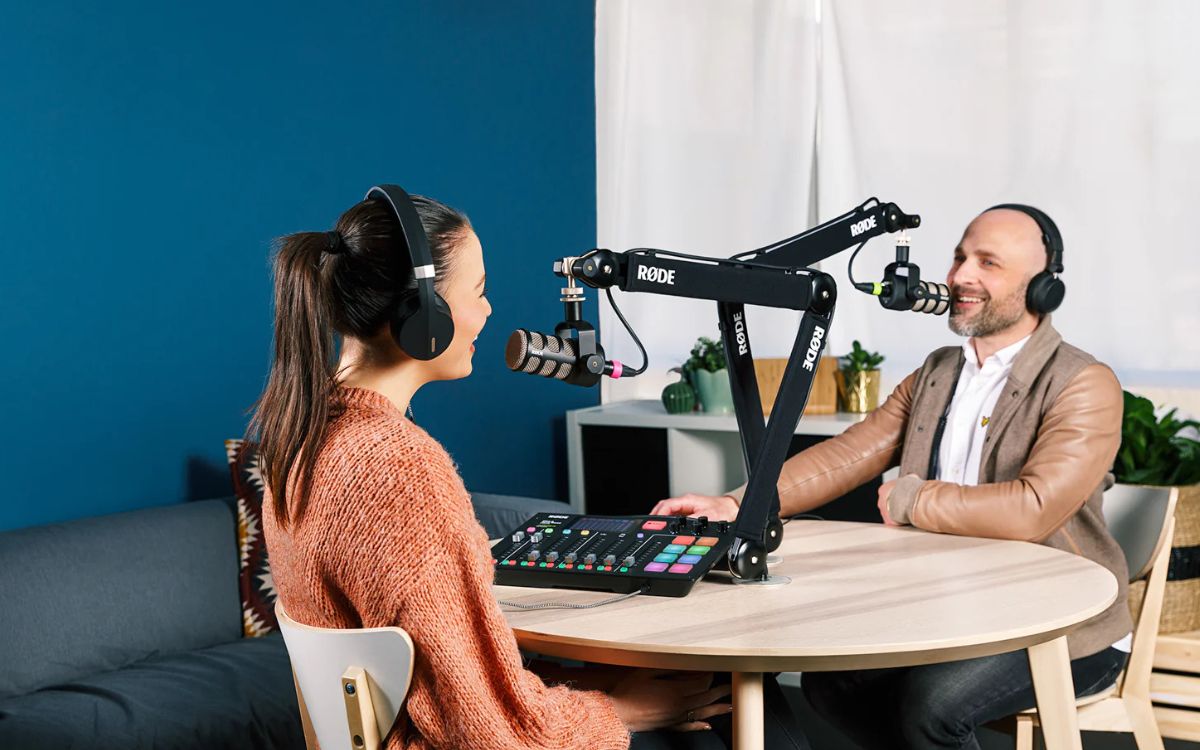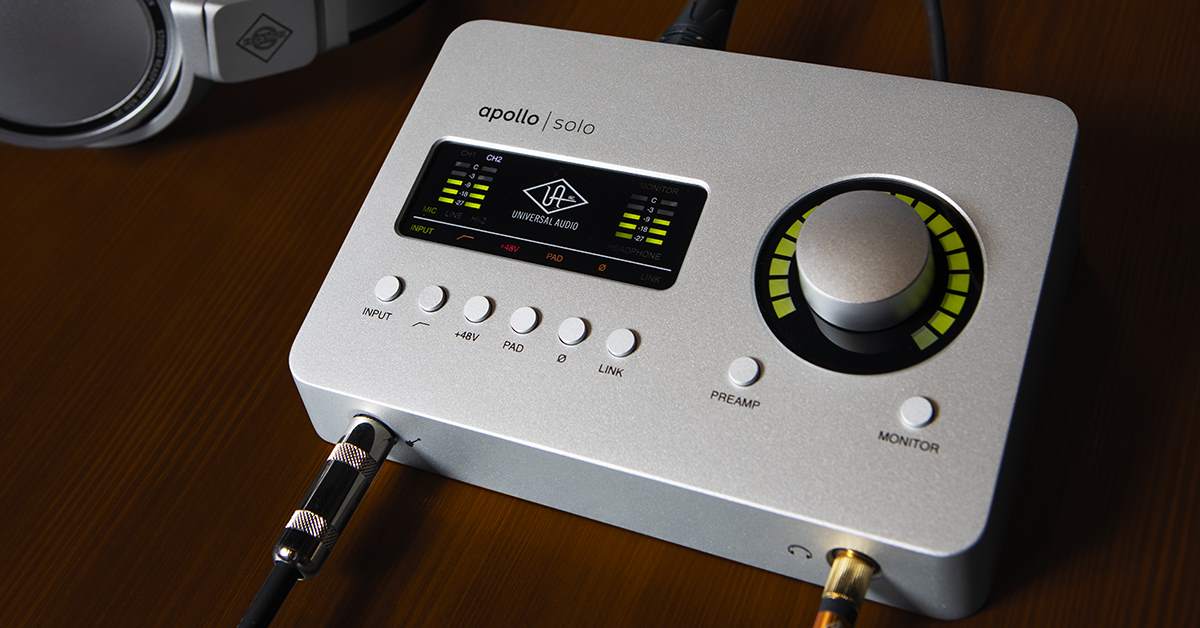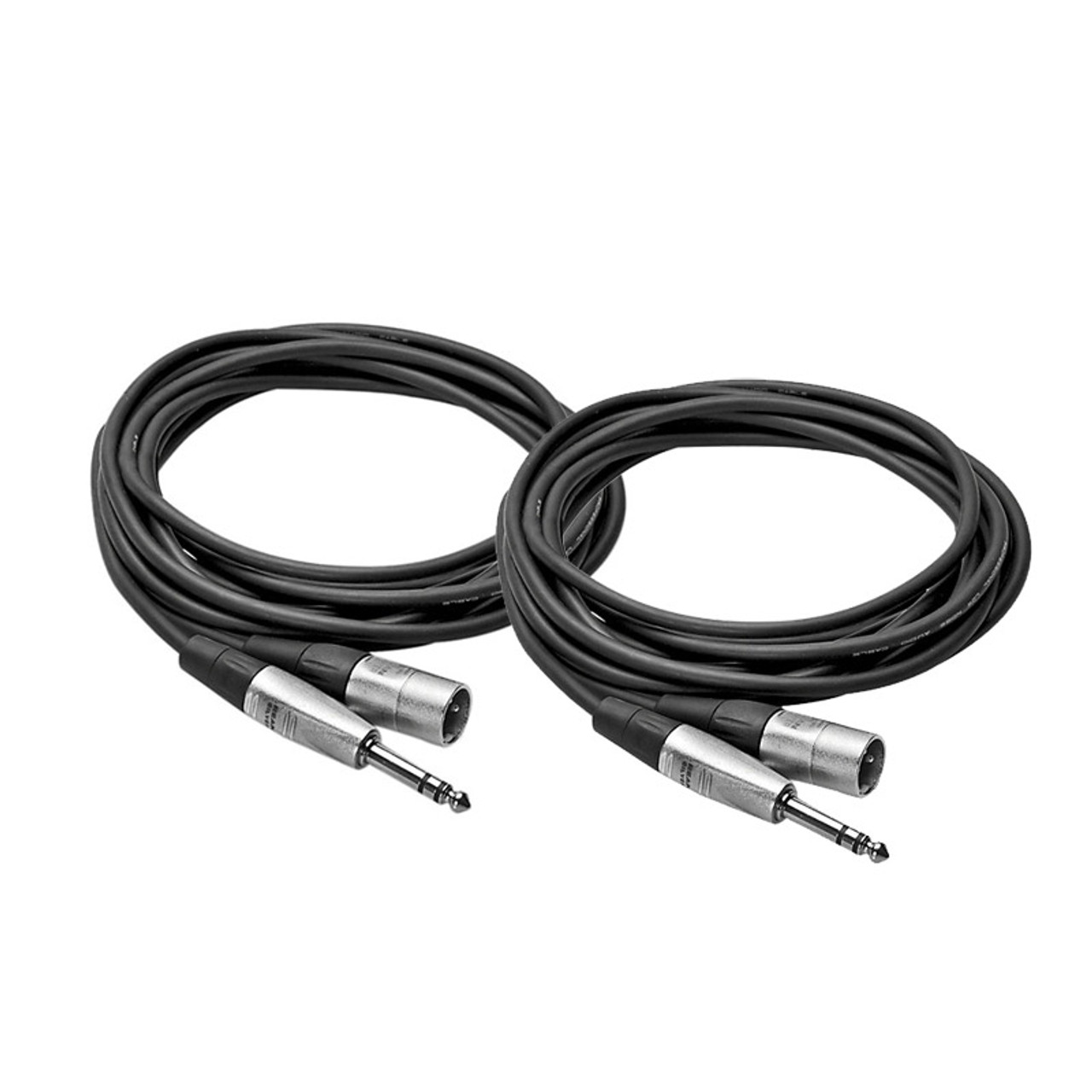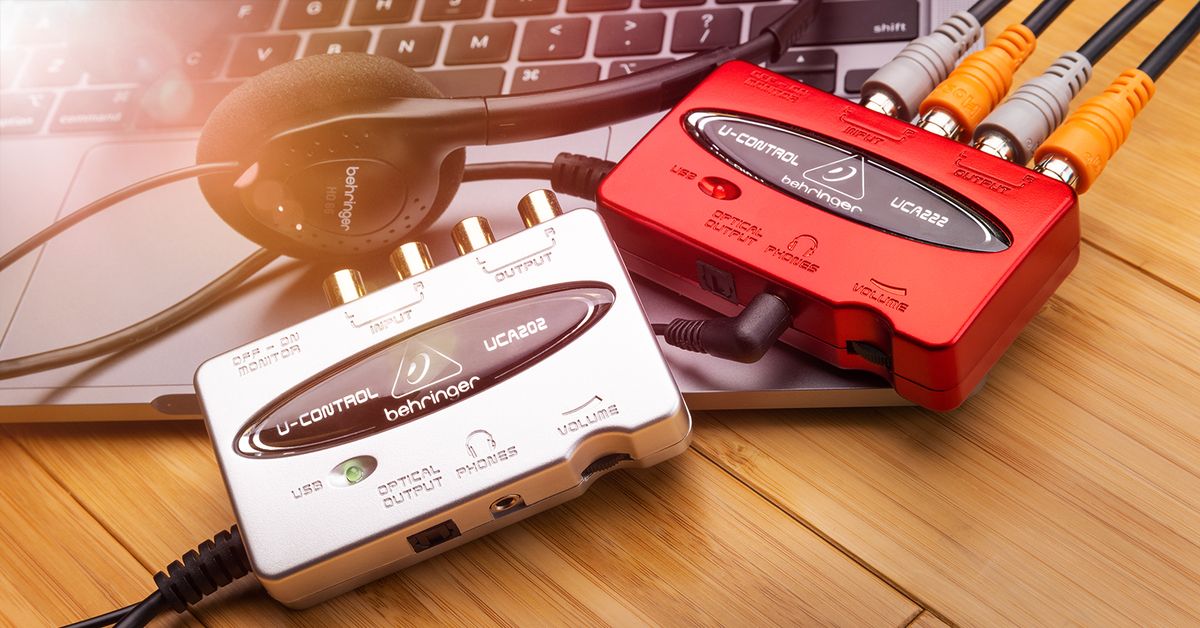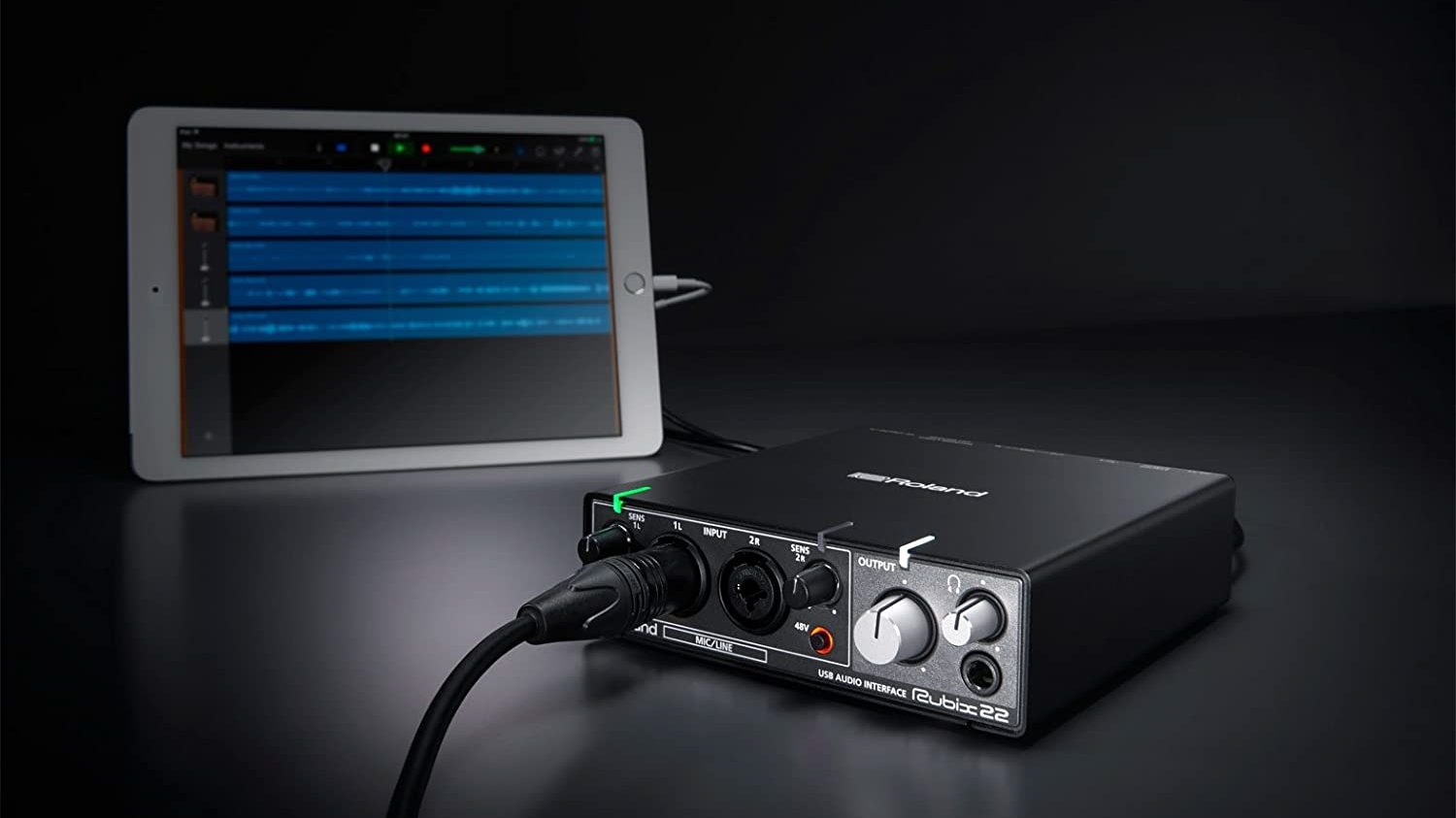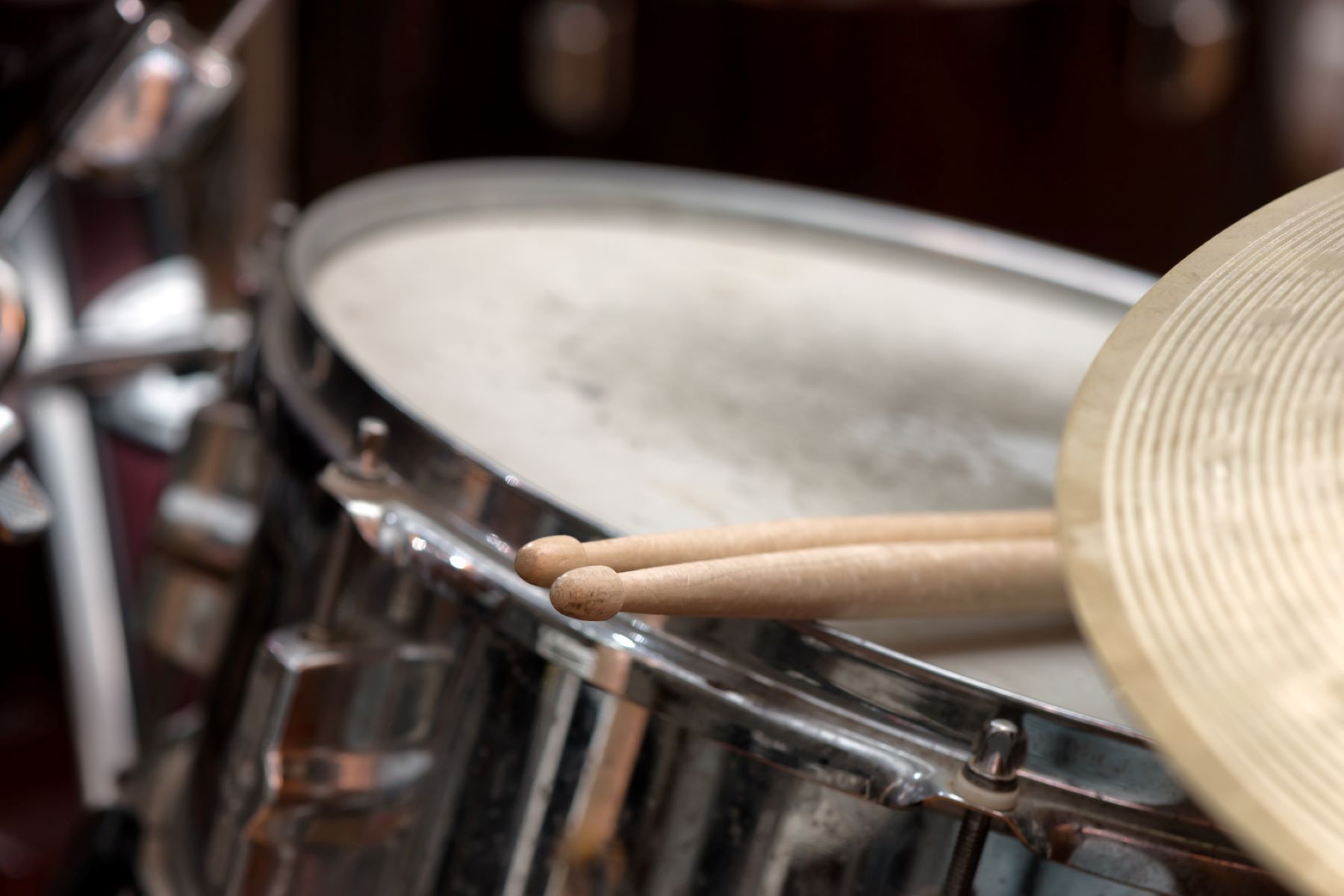Home>Production & Technology>Audio Interface>Why Do I Need Audio Interface
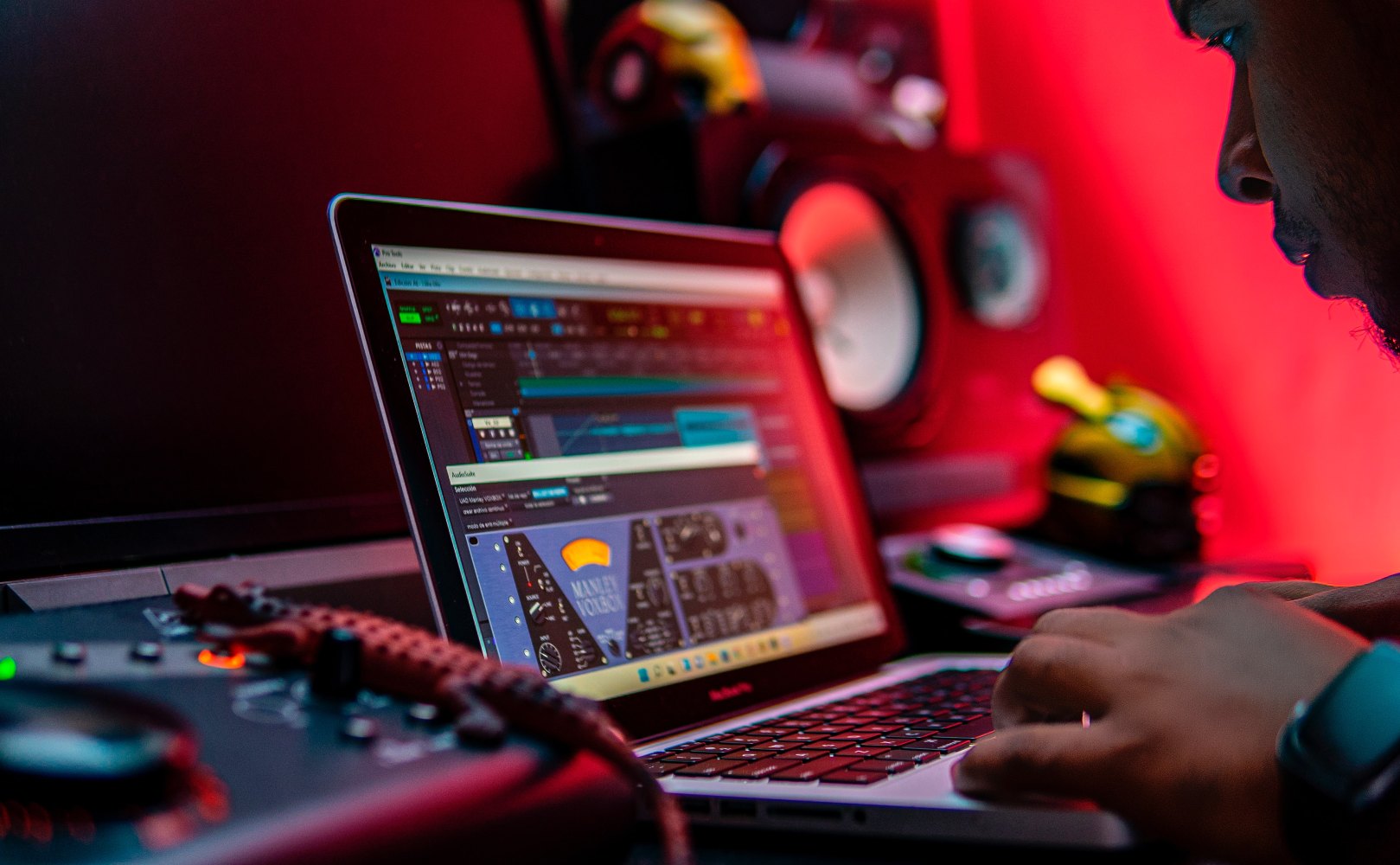

Audio Interface
Why Do I Need Audio Interface
Modified: March 11, 2024
Discover why having an audio interface is essential for optimal sound quality and professional-grade recordings. Explore the benefits of using an audio interface for your music production needs.
(Many of the links in this article redirect to a specific reviewed product. Your purchase of these products through affiliate links helps to generate commission for AudioLover.com, at no extra cost. Learn more)
Table of Contents
Introduction
Welcome to the world of audio recording! If you’re interested in creating high-quality music or podcasts, then having a reliable audio interface is essential. Whether you’re a professional musician, a podcaster, or just passionate about creating your own content, an audio interface plays a crucial role in capturing and enhancing sound.
But you might be wondering, what exactly is an audio interface? Simply put, it is a device that acts as a bridge between your computer or recording device and your sound sources, such as microphones, instruments, or other audio equipment. It allows you to connect, control, and optimize the audio signals passing in and out of your recording setup.
Having a dedicated audio interface offers numerous benefits that can significantly enhance your recording experience. In this article, we’ll explore the top reasons why you need an audio interface for your audio production needs. From improved sound quality to low latency monitoring and convenient connection options, we’ll cover it all.
So, if you’re ready to take your recordings to the next level, let’s dive in and discover why an audio interface should be an essential part of your setup!
What is an Audio Interface?
An audio interface is a hardware device that allows you to connect your microphones, instruments, or other audio sources to your computer or recording device. It serves as a bridge between your analog sound sources and the digital world of your recording software. In simple terms, it converts analog audio signals into digital data that your computer can process and vice versa.
Audio interfaces come in various shapes and sizes, ranging from compact portable units to larger desktop units with multiple input and output options. They typically offer a range of audio connections such as XLR, 1/4-inch, and RCA inputs, as well as outputs for connecting to studio monitors or headphones.
Besides serving as a connector, an audio interface also includes built-in preamps, which amplify the weak analog signals from microphones or instruments to a level that can be properly controlled and recorded digitally. The quality of these preamps can greatly impact the overall sound quality of your recordings.
Moreover, audio interfaces come equipped with converters that ensure accurate and high-quality conversion of analog signals to digital and vice versa. These converters play a vital role in maintaining the fidelity and integrity of the audio, ensuring that the recordings sound as close to the original source as possible.
Overall, an audio interface acts as a crucial tool in the recording process, offering a reliable and optimized connection between your sound sources and your recording software. It provides the necessary preamp and converter functions to capture and process your audio signals with exceptional clarity and accuracy.
Improved Sound Quality
One of the primary reasons for investing in an audio interface is the significant improvement in sound quality that it offers. While your computer’s built-in sound card may be fine for casual listening, it is not designed to deliver professional-grade audio recordings.
An audio interface features high-quality preamps and converters that ensure clean and transparent recording of your audio signals. The preamps amplify the weak analog signals from your microphones or instruments, allowing for clearer and more accurate recordings. These preamps also provide sufficient gain control, allowing you to adjust the input levels without introducing noise or distortion.
Furthermore, the converters in an audio interface play a crucial role in maintaining the fidelity of your recordings. They convert the analog audio signals into digital data, preserving the original quality and nuances of the sound. This ensures that your recordings capture the true essence of your performances, resulting in professional and immersive audio productions.
In addition to the preamps and converters, audio interfaces often incorporate advanced digital signal processing (DSP) capabilities. This enables you to apply effects, EQ, compression, and other processing directly within the interface itself, without taxing your computer’s resources. This can significantly enhance the sound quality of your recordings and streamline your workflow.
Overall, an audio interface acts as a dedicated tool for high-quality audio capture, ensuring that your recordings sound crystal clear, detailed, and professional. Whether you’re recording vocals, acoustic instruments, or electronic music, investing in an audio interface is the key to achieving studio-grade sound quality.
Low Latency Monitoring
Latency refers to the delay between when you produce a sound and when you hear it through your monitoring system. With a standard sound card, latency can be a frustrating issue that hampers your recording and monitoring experience. This is where an audio interface comes to the rescue.
An audio interface provides low latency monitoring, allowing you to hear yourself in real-time as you record or play an instrument. This is crucial, especially for musicians who need to maintain a natural flow during performances. With low latency monitoring, you can hear yourself without any noticeable delay, providing a seamless and immersive recording experience.
Low latency monitoring is achieved through dedicated drivers and specialized hardware in the audio interface. These components optimize the audio processing, ensuring minimal delay between the input signals and the output playback. Some high-quality audio interfaces even offer zero-latency monitoring, where there is virtually no delay, allowing for a truly immediate and natural monitoring experience.
This low latency monitoring feature is particularly important when recording vocals or playing virtual instruments in real-time. It allows you to hear the effects and adjustments as you make them, enabling precise control over your performance. This real-time feedback helps you make adjustments on the go, resulting in better recordings and a more immersive workflow.
Whether you’re a vocalist who needs to hear yourself clearly, a musician who needs precise timing, or a podcaster who wants to ensure a smooth and uninterrupted recording, low latency monitoring provided by an audio interface is an invaluable feature. It eliminates the frustrating delay, allowing you to focus on your performance and capture your best work.
Connection Options
An audio interface offers a wide range of connection options, allowing you to integrate various audio sources and devices into your recording setup. These versatile connection options give you the flexibility to connect microphones, instruments, MIDI controllers, studio monitors, headphones, and more.
Most audio interfaces come equipped with XLR and 1/4-inch inputs, which are essential for connecting microphones and instruments. XLR inputs are commonly used for professional-grade microphones, while 1/4-inch inputs are ideal for instruments such as guitars, keyboards, or synthesizers. These input options ensure compatibility with a wide range of audio gear.
In addition to the inputs, audio interfaces also offer multiple output options. This includes 1/4-inch outputs for connecting studio monitors or headphones, as well as RCA outputs for connecting to a mixer or other audio devices. Having these output options allows you to monitor and playback your recordings through different devices, depending on your preference or specific requirements.
Furthermore, many audio interfaces also include digital connectivity options such as USB, Thunderbolt, or PCIe. These high-speed connections ensure fast data transfer between your audio interface and your computer, minimizing latency and providing a stable and reliable connection for your audio recordings.
Some audio interfaces also offer additional connectivity features such as ADAT or S/PDIF inputs/outputs, which allow for expansion by connecting external preamps or digital audio devices. This can be beneficial if you plan to expand your recording setup in the future.
Overall, the multitude of connection options provided by an audio interface ensures compatibility with a wide range of audio sources and devices. It gives you the freedom and flexibility to connect and control your audio gear, allowing for seamless integration and optimized recording capabilities.
Recording Multiple Instruments and Microphones
If you’re looking to record multiple instruments or use multiple microphones simultaneously, an audio interface is essential. It allows you to connect and capture the sound of multiple sources with ease and precision.
With the multiple input options of an audio interface, you can connect multiple microphones and instruments at the same time. This is especially useful for recording live performances, band sessions, or multi-mic setups for capturing the nuances and interactions between different sources.
For example, if you’re recording a band, you can connect individual microphones for vocals, drums, guitar amplifiers, and more. Each microphone can be assigned to a specific input on the audio interface, allowing you to capture each instrument or voice on separate tracks within your recording software. This gives you the flexibility to mix and adjust the levels of each individual source during the post-production process.
Additionally, some audio interfaces offer multiple preamps, allowing you to connect and control different microphones simultaneously. This is beneficial when working with various types of microphones, such as dynamic and condenser microphones, which require different settings and power requirements.
An audio interface also allows for precision control over the input levels and gain staging for each instrument or microphone. This ensures maximum headroom and minimizes the risk of clipping or distortion during the recording process. You can adjust the input levels directly on the interface or through software control, providing convenient and accurate control over your recordings.
By providing the ability to record multiple instruments and microphones simultaneously, an audio interface opens up a world of creative possibilities. Whether you’re capturing a full band recording, podcast interviews, or intricate solo performances, having an audio interface ensures that every source is recorded with clarity and precision.
Compatibility with Recording Software
One of the key advantages of using an audio interface is its compatibility with a wide range of recording software. Whether you prefer popular digital audio workstations (DAWs) like Pro Tools, Logic Pro, or Ableton Live, or opt for freeware and open-source recording software, an audio interface will seamlessly integrate with your chosen platform.
Most audio interfaces are designed to work with both Mac and PC operating systems, ensuring compatibility across different setups. They often come bundled with drivers and software that provide easy installation and setup, allowing you to start recording right away.
When connected to your computer via USB, Thunderbolt, or other digital interfaces, the audio interface acts as the input/output device for your recording software. It serves as the intermediary between your sound sources and the software, allowing for real-time monitoring, recording, and playback.
Furthermore, many audio interfaces offer low-latency ASIO (Audio Stream Input/Output) or Core Audio drivers, which are specifically optimized for audio processing. These drivers reduce latency and provide efficient communication between your audio interface and your recording software, ensuring smooth operation and accurate monitoring.
Additionally, some audio interfaces come with dedicated software control panels that allow you to configure advanced settings, such as sample rate, buffer size, input/output routing, and more. These control panels provide easy access to essential parameters, allowing you to fine-tune your recording setup according to your specific needs.
Whether you’re a beginner using a basic recording software or a professional working with advanced DAWs and plugins, an audio interface ensures compatibility and seamless integration. It provides the necessary hardware and drivers to make your recording software recognize and utilize the full potential of your audio interface, enhancing your recording experience and optimizing your workflow.
Phantom Power for Condenser Microphones
If you plan on using condenser microphones for your recordings, an audio interface is crucial as it provides phantom power. Condenser microphones require phantom power to operate, and an audio interface offers the necessary power supply to these microphones without any additional devices.
Phantom power is a DC voltage (usually 48 volts) that is applied to the microphone’s XLR connection. It powers the internal circuitry of the condenser microphone, allowing it to capture more nuanced and detailed sound compared to dynamic microphones.
Many audio interfaces come equipped with switchable phantom power options for each input channel. This means you can activate phantom power only on the channels that require it, saving power and ensuring compatibility with various microphone types.
Having phantom power built into your audio interface eliminates the need for external power supplies or separate devices to provide power to the microphones. This simplifies your setup and reduces the chances of signal degradation or interference that can occur with additional devices.
Additionally, using phantom power from your audio interface ensures a reliable and clean power source for your condenser microphones. The interface’s power supply is designed to deliver stable and regulated power, minimizing the risk of noise or distortion being introduced to your recordings.
Phantom power is essential for capturing the full range and sensitivity of condenser microphones, making them ideal for studio recordings, vocal performances, and capturing acoustic instruments with precision. With an audio interface providing phantom power, you can confidently use condenser microphones and achieve professional-grade recordings with enhanced clarity and detail.
Direct Monitoring
Direct monitoring is a valuable feature offered by audio interfaces that allows you to monitor your audio signals in real-time, directly from the interface itself. This feature eliminates any noticeable latency that may be present when monitoring through your recording software.
When you enable direct monitoring, the audio signals from your microphones or instruments bypass the computer’s processing and output directly from the audio interface. This means that you can hear yourself or your sources with zero or extremely low latency, enabling a more natural and immersive monitoring experience.
Direct monitoring is especially useful during recording sessions, as it allows performers to hear themselves immediately without any distracting delay. Musicians can stay in sync with the music and adjust their performances accordingly, resulting in more confident and precise recordings.
In addition, direct monitoring ensures that you can accurately monitor the input signals without any processing or effects applied. This allows you to make real-time adjustments to your performances or microphone positioning, directly affecting the recorded sound. It provides a more organic and immediate feedback loop, enhancing your ability to capture the desired sound.
Furthermore, direct monitoring is particularly beneficial when recording with software-based amp and effect simulations. By monitoring the dry, unprocessed signal directly from the audio interface, you can apply effects and processing within the software while still hearing the original source in real-time. This enables you to make informed decisions and fine-tune your guitar tones or vocal effects during the recording process.
Direct monitoring is a valuable feature for performers and recording engineers alike. It ensures a seamless and responsive monitoring experience, enabling you to capture your performances with precision and confidence.
MIDI Functionality
In addition to capturing audio, many audio interfaces also include MIDI functionality, allowing you to connect and control MIDI instruments, controllers, and other devices. MIDI (Musical Instrument Digital Interface) is a protocol that enables communication between electronic musical instruments, computers, and recording software.
An audio interface with MIDI functionality provides MIDI input and output ports, allowing you to connect MIDI keyboards, drum pads, synthesizers, and other MIDI devices directly to your recording setup. This opens up a world of creative possibilities, whether you’re a producer, composer, or live performer.
By connecting MIDI instruments to your audio interface, you can record MIDI data directly into your recording software. This MIDI data consists of notes, velocity, modulation, pitch, and other musical information, which can be edited, quantized, or manipulated within your software. This enables you to create complex arrangements, trigger virtual instruments, and produce intricate musical compositions.
An audio interface’s MIDI functionality also allows for seamless integration with external MIDI controllers. You can use MIDI controllers to manipulate virtual instruments, adjust parameters within your software, or control various aspects of your performance. This adds a layer of expressiveness and real-time control to your recordings or live performances.
In addition, MIDI allows for synchronization between your audio interface and external MIDI devices. This means you can sync your MIDI sequencers, drum machines, or other MIDI-equipped devices to your recording software, ensuring perfect timing and synchronization between different elements of your setup.
Whether you’re a producer creating electronic music, a composer orchestrating virtual instruments, or a live performer integrating MIDI controllers into your setup, having MIDI functionality in your audio interface enhances your creative capabilities and simplifies your workflow.
Conclusion
Investing in an audio interface is a wise decision for anyone involved in audio production, whether you’re a musician, podcaster, or content creator. It serves as a crucial tool that enhances the quality of your recordings, offers low latency monitoring, provides versatile connection options, and ensures compatibility with recording software.
An audio interface significantly improves the sound quality of your recordings by offering high-quality preamps and converters. With clean and transparent sound capture, you can achieve professional-grade audio productions that truly represent the essence of your performances.
The low latency monitoring feature of an audio interface allows you to hear yourself in real-time, facilitating a smooth and natural recording experience. This real-time feedback ensures precision in your performances and enables you to make adjustments on the go.
With a variety of connection options, audio interfaces offer the flexibility to accommodate multiple instruments, microphones, and other audio devices. This allows for seamless integration of your recording setup, enabling you to capture the sound sources with ease and precision.
Audio interfaces are also compatible with various recording software, ensuring optimal communication and integration. From popular DAWs to freeware options, an audio interface simplifies the setup process and maximizes your ability to control and optimize your recordings.
Additionally, audio interfaces provide phantom power for condenser microphones, eliminating the need for external power supplies. This ensures a reliable and clean power source, capturing the full range and sensitivity of condenser microphones for professional-grade results.
Lastly, the MIDI functionality offered by many audio interfaces opens up a world of creative possibilities. Whether you’re recording MIDI data, controlling virtual instruments, or syncing external MIDI devices, MIDI integration enhances your ability to create diverse and captivating music.
In conclusion, an audio interface is an indispensable tool for anyone serious about achieving high-quality audio recordings. Its numerous features and benefits greatly enhance the recording experience, providing the tools necessary to create professional-grade productions. So, if you’re looking to take your audio production to the next level, investing in an audio interface is a decision you won’t regret.

